How does a smart lockbox accurately identify the identity of an authorized user?
 Nov 23,2024
Nov 23,2024

 FIPILOCK
FIPILOCK
Smart lock box locks identify the identity of authorized users mainly through the following methods:
1. Fingerprint recognition technology
Fingerprint recognition is a common and highly recognized method of identity recognition. Smart lock box locks have built-in high-precision fingerprint sensors. When a user places a finger on the sensor, the sensor captures the detailed features of the fingerprint, such as ridges, valleys, bifurcation points, and endpoints. This feature information will be converted into digital codes and compared with the authorized user's fingerprint template pre-stored in the lock's memory chip. The fingerprint recognition algorithm can accurately determine the similarity of fingerprints. As long as the similarity reaches the set threshold, it is determined to be an authorized user. For example, some smart locks that use capacitive fingerprint sensors can identify tiny features such as sweat pores of fingerprints, which greatly improves the accuracy of recognition.
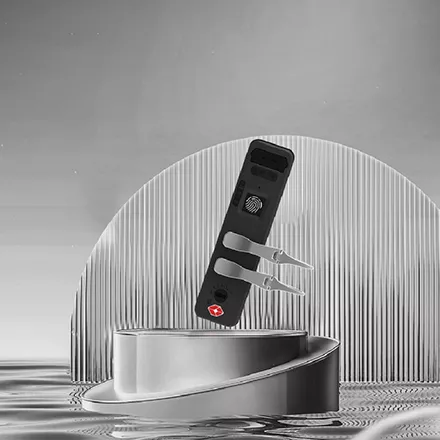
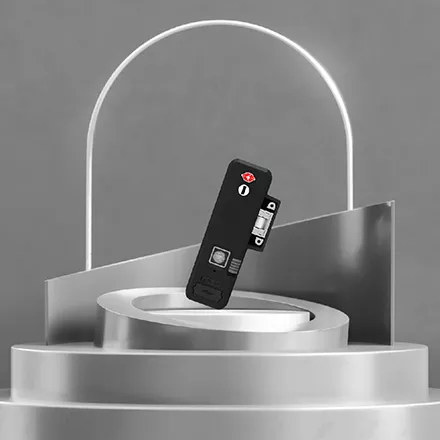
2. Face recognition technology
Use cameras and face recognition algorithms to identify user identities. The camera on the smart lock box will capture the user's facial image and extract key facial features, such as eye spacing, nose shape, mouth contour, etc. These feature data are matched with the stored authorized user's facial data. To improve the recognition accuracy, factors such as facial expressions and lighting conditions are also considered. For example, smart locks using 3D face recognition technology can effectively avoid the risk of being deceived by 2D photos and identify real users by building a 3D model of the user's face.
3. Password recognition technology
Users authenticate by entering a pre-set password. The password recognition system of the smart lock performs strict character comparison on the entered password. The password can be set to a variety of character combinations, including numbers, letters, and special characters. In addition, some smart locks also support dynamic passwords, which are associated with mobile phone applications or other authentication devices to generate a one-time dynamic password, so that even if the password is peeped by others, it cannot be used again, thereby identifying authorized users.
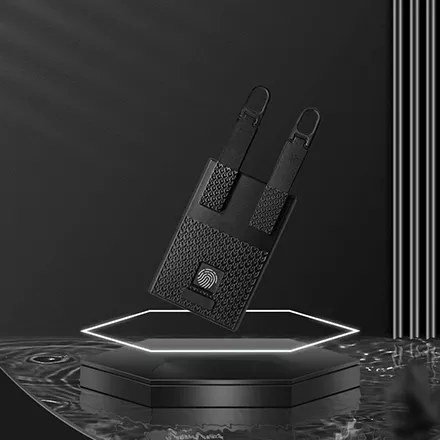

4. Bluetooth or NFC technology
Identification is performed through the user's smartphone or other device with Bluetooth or NFC function. When the user brings the device close to the smart lock, the lock will establish a Bluetooth or NFC connection with the device to verify the device's identity information. This method is based on the device's unique identification code or the user account information bound to the device to ensure that only authorized devices can open the lock.
 +86 18128872383
+86 18128872383 sales@customfingerprintbag.com
sales@customfingerprintbag.com
 Inquire(
Inquire(


 Home
Home What are the advantages of fingerprint lock bags in preventing items from being stolen?
What are the advantages of fingerprint lock bags in preventing items from being stolen?  You May Also Like
You May Also Like
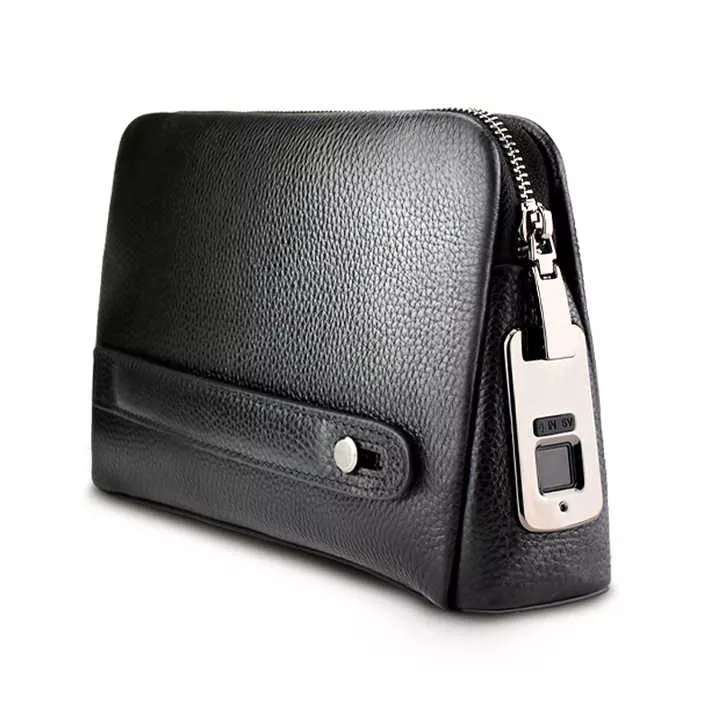

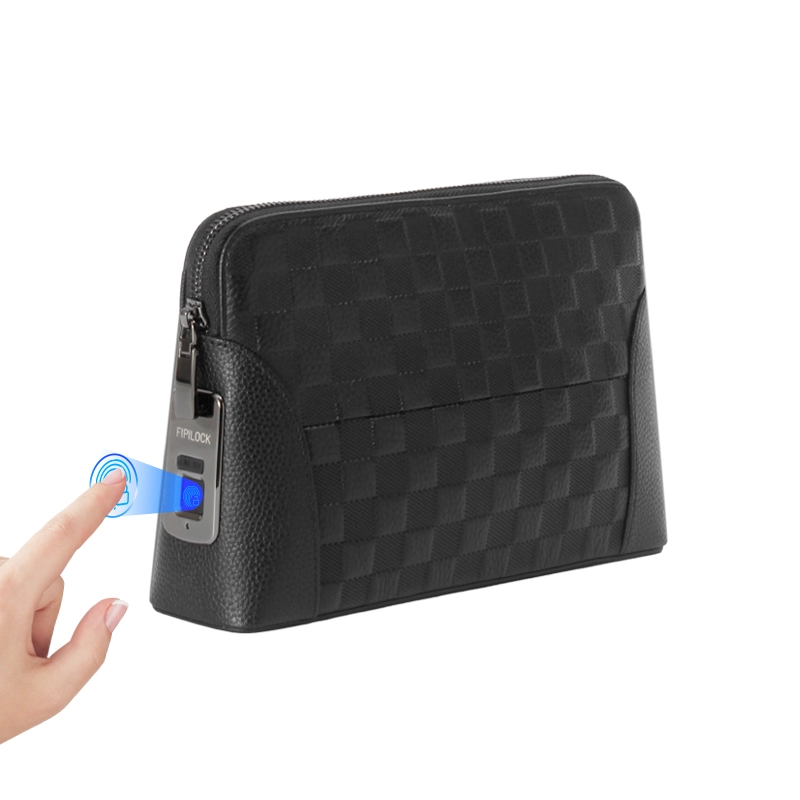
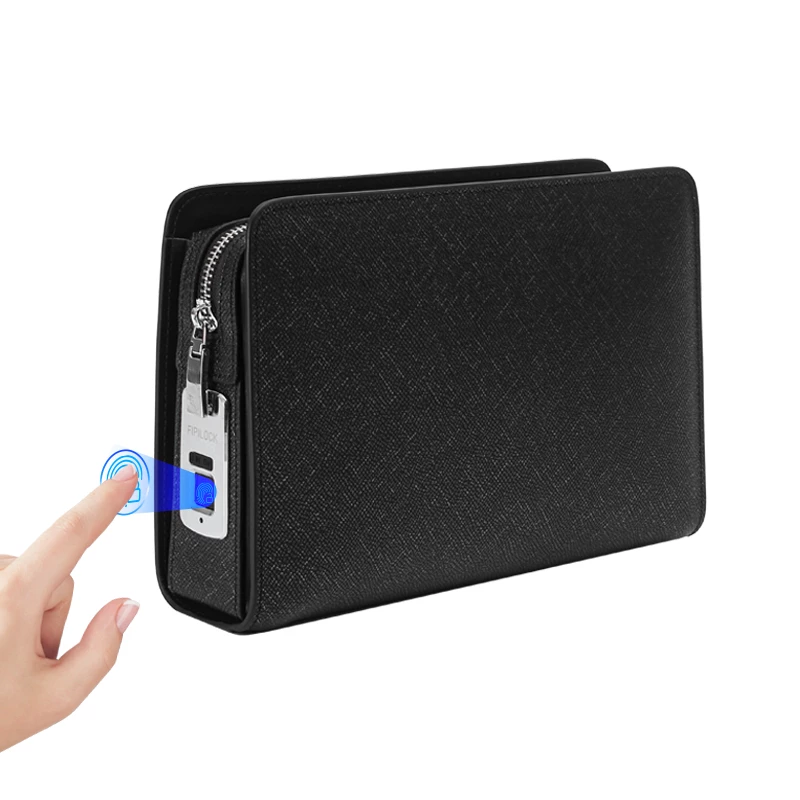
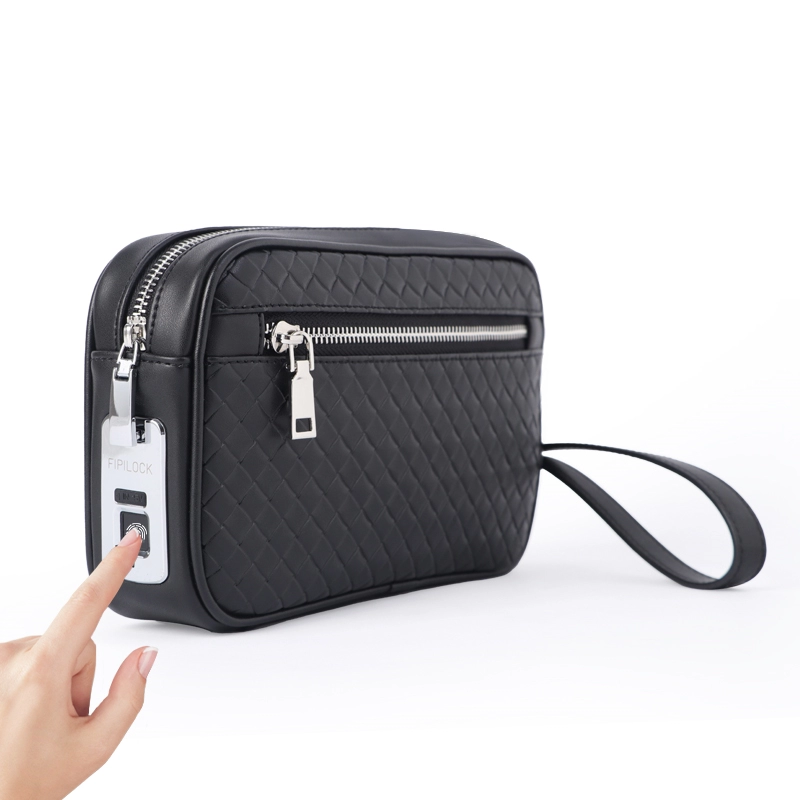
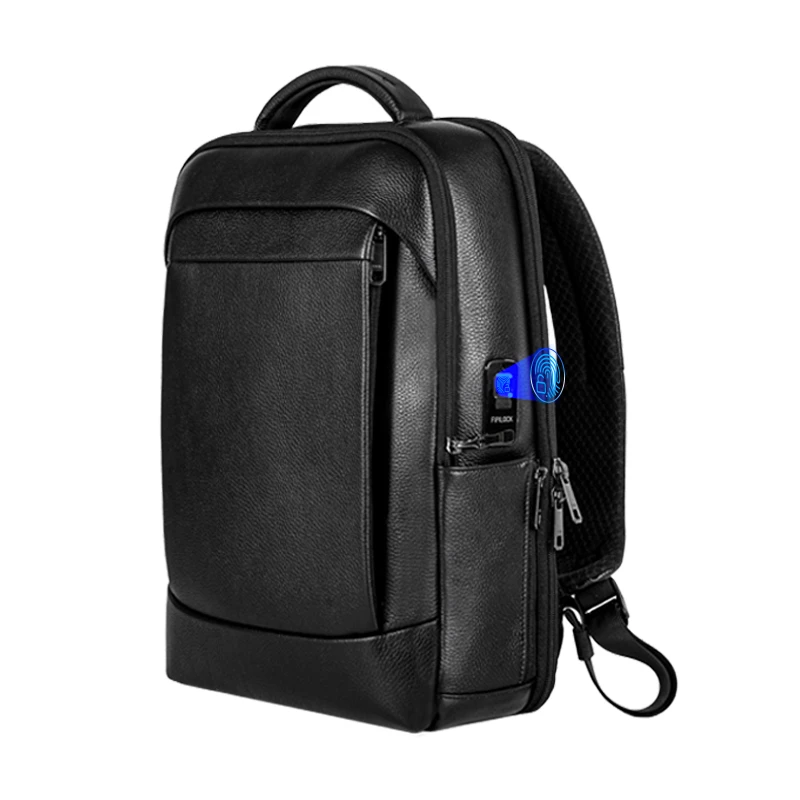
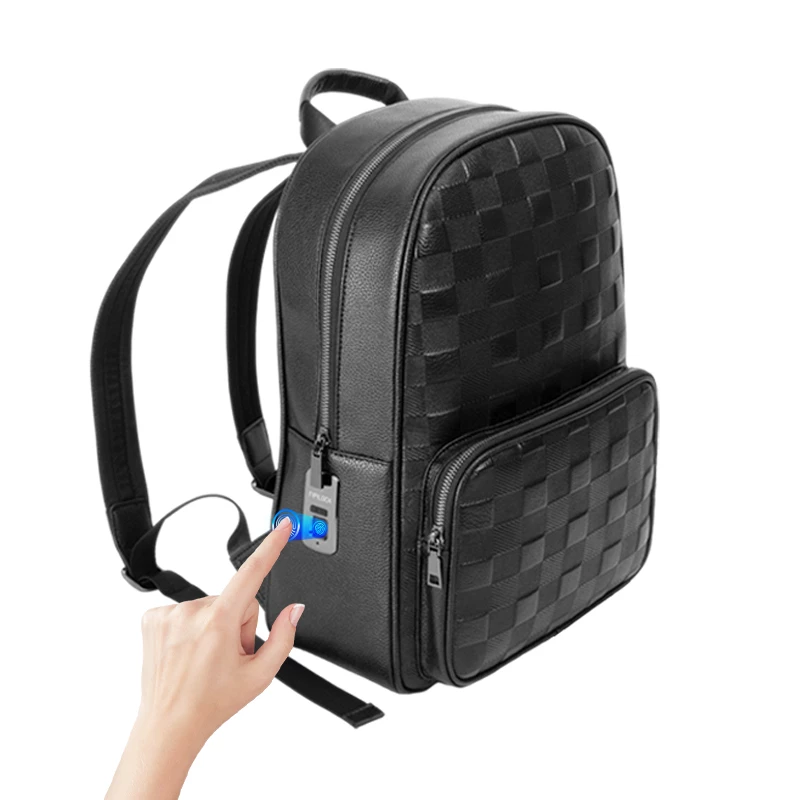
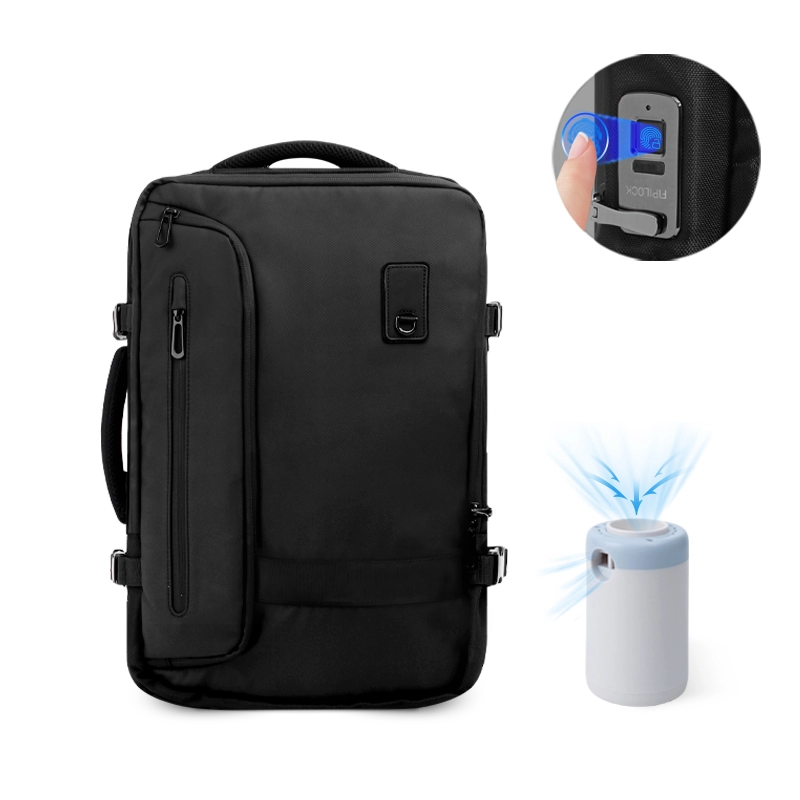
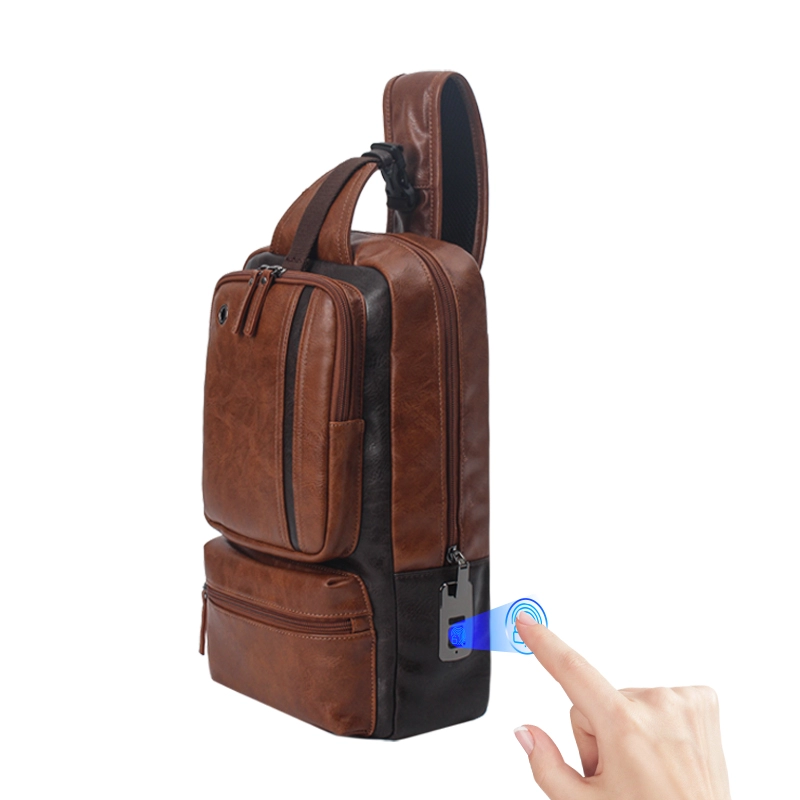

 Tel
Tel
 Email
Email
 Address
Address








 +86 18128872383
+86 18128872383 sales@customfingerprintbag.com
sales@customfingerprintbag.com 4th Floor, Building 28, Chentian Industrial Zone,Baotian 2nd Road, Xixiang,Bao'an District, Shenzhen, Guangdong
4th Floor, Building 28, Chentian Industrial Zone,Baotian 2nd Road, Xixiang,Bao'an District, Shenzhen, Guangdong



